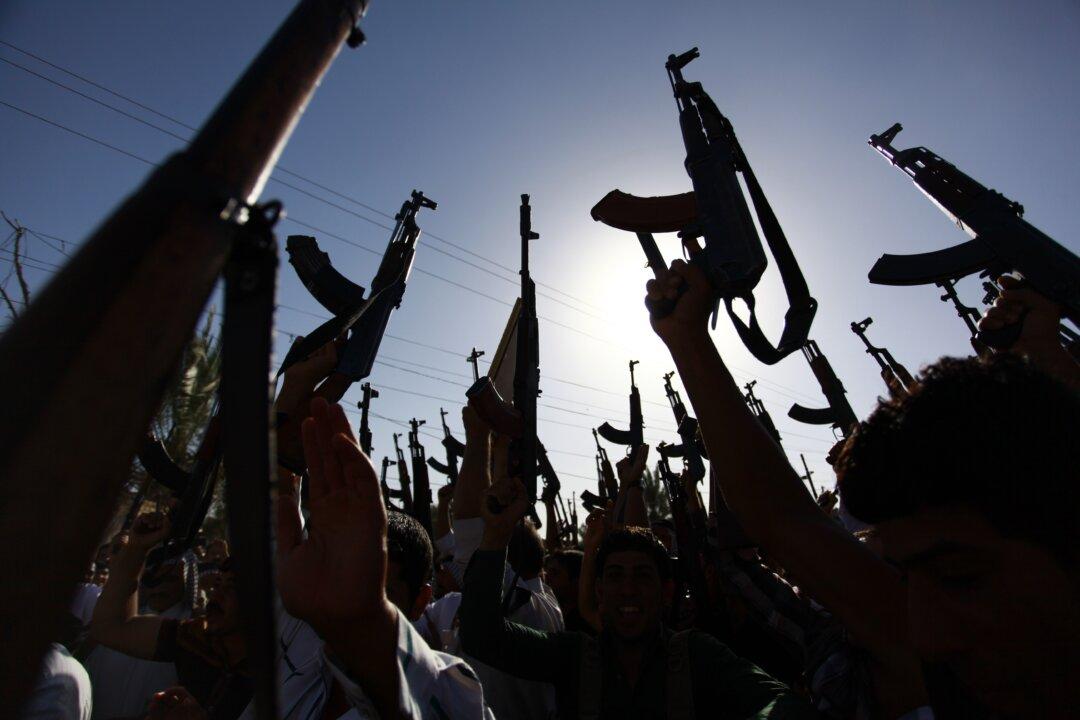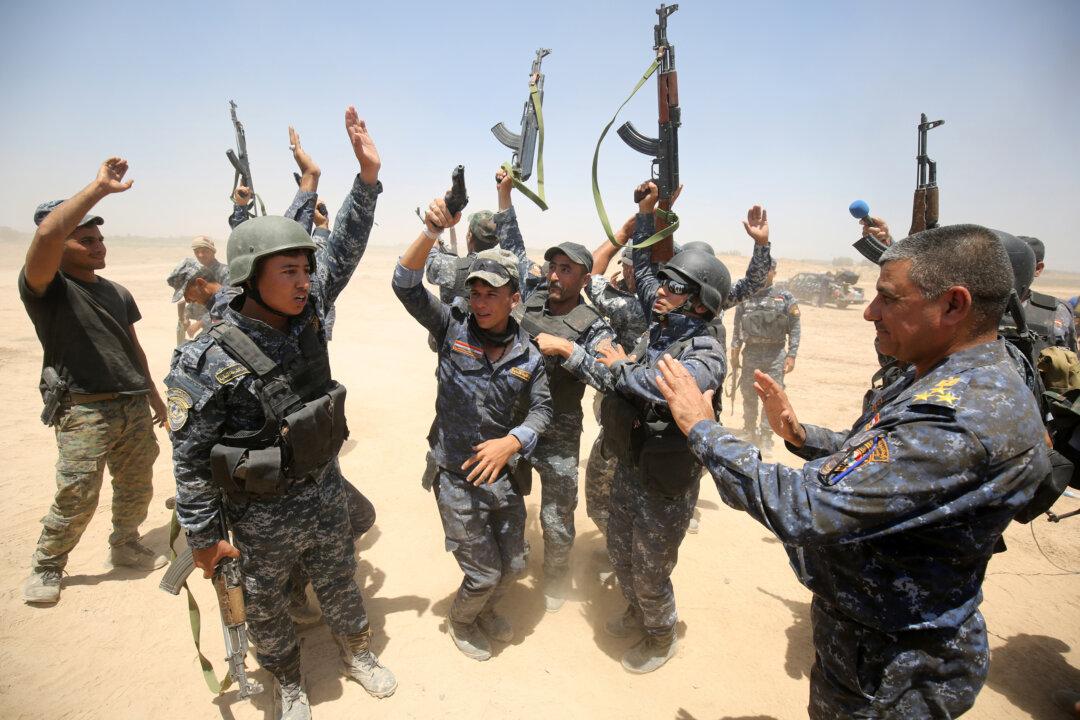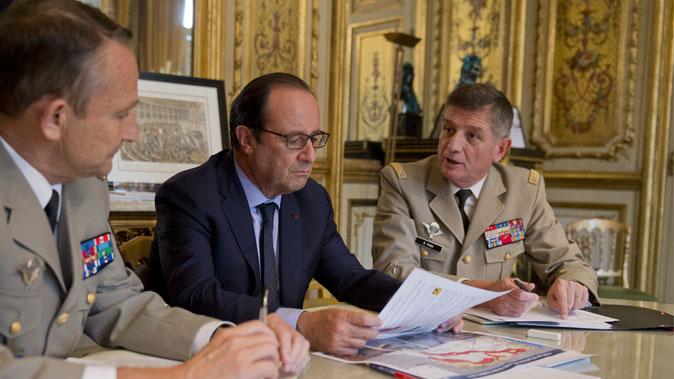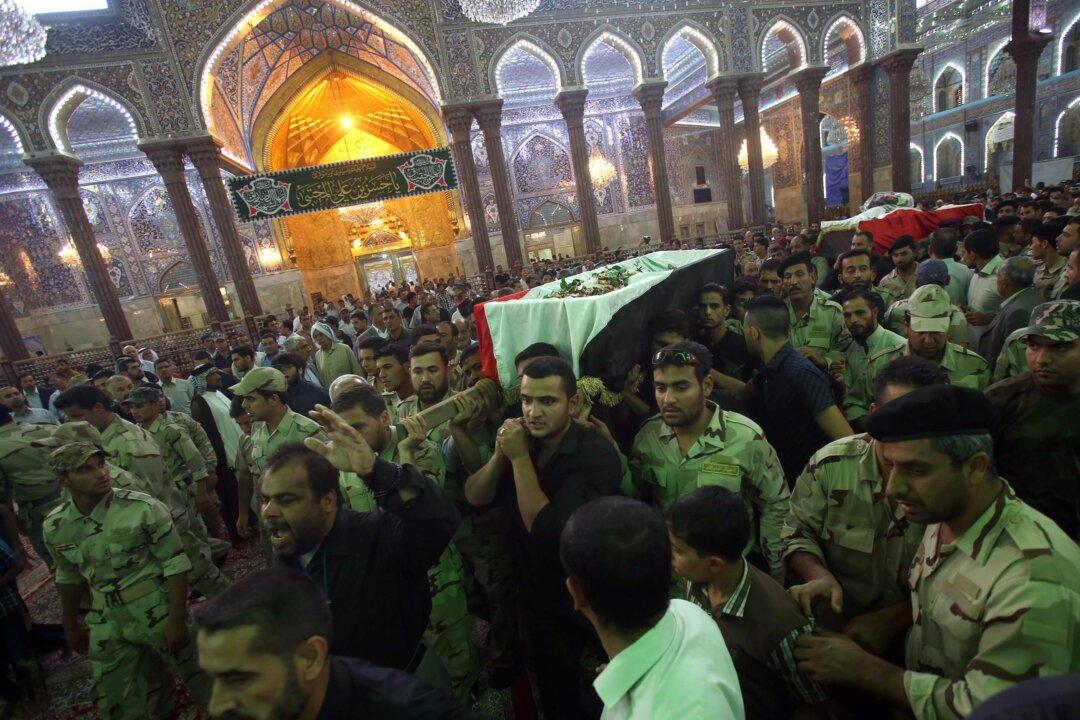As the authorities in Western Europe face up to the increased risk of attacks from Islamic State (ISIS), arrests in Britain and security operations in Belgium and France, all point to intensive government action against the “new” domestic ISIS threat.
The popular media narrative is that this is a desperate move from ISIS as it retreats in Iraq and Syria—but security professionals take a very different view.
There are three elements at work here: the actual state of the war, the Pentagon’s plans for a rapid increase in U.S. involvement in the war (including “boots on the ground”), and the hidden nature of ISIS’s plans for an expanded war overseas.
The Pentagon regards Mosul as the principal focus of the war against ISIS in the Middle East ... and this is evolving more and more into a ground war.




